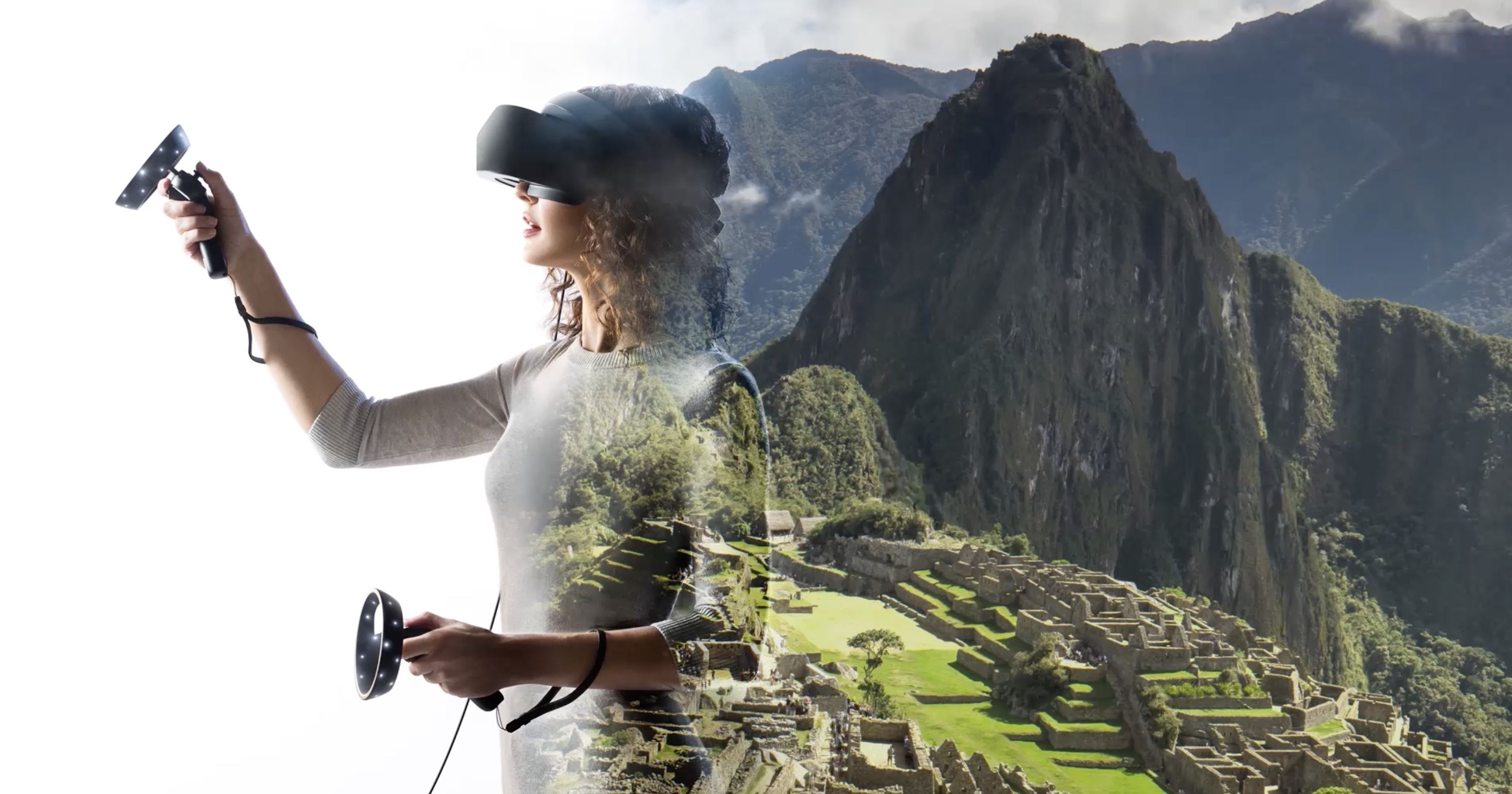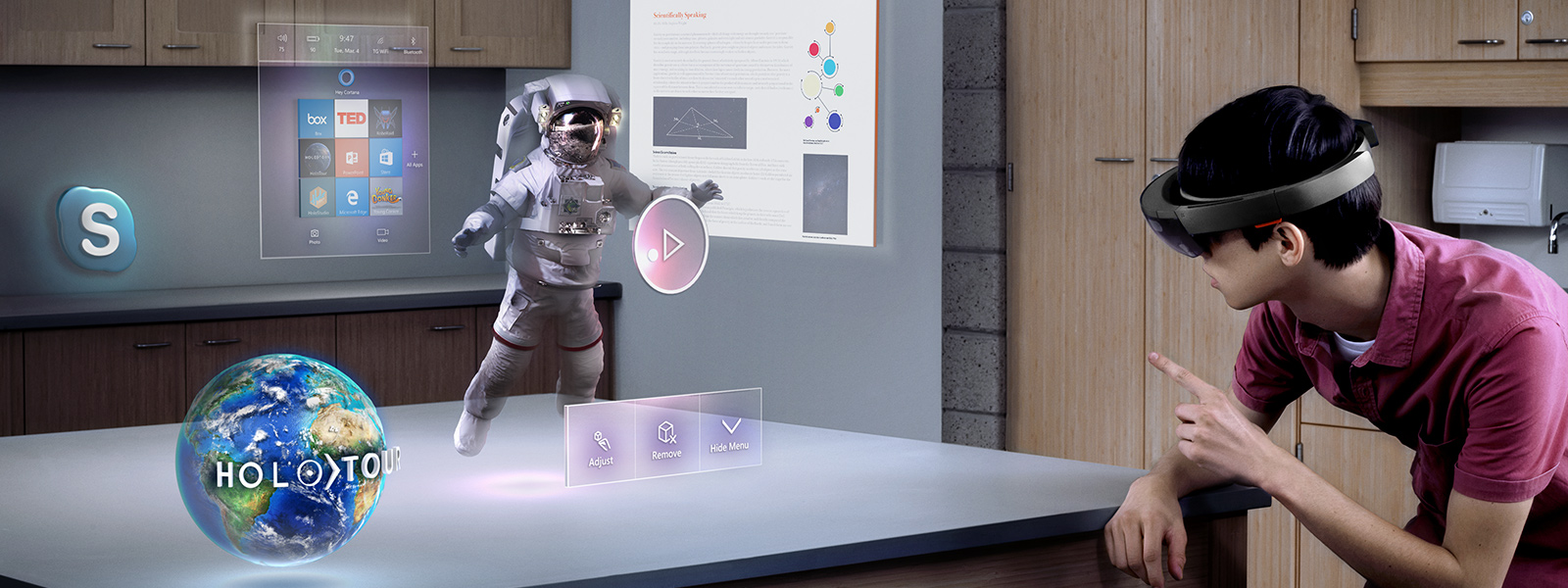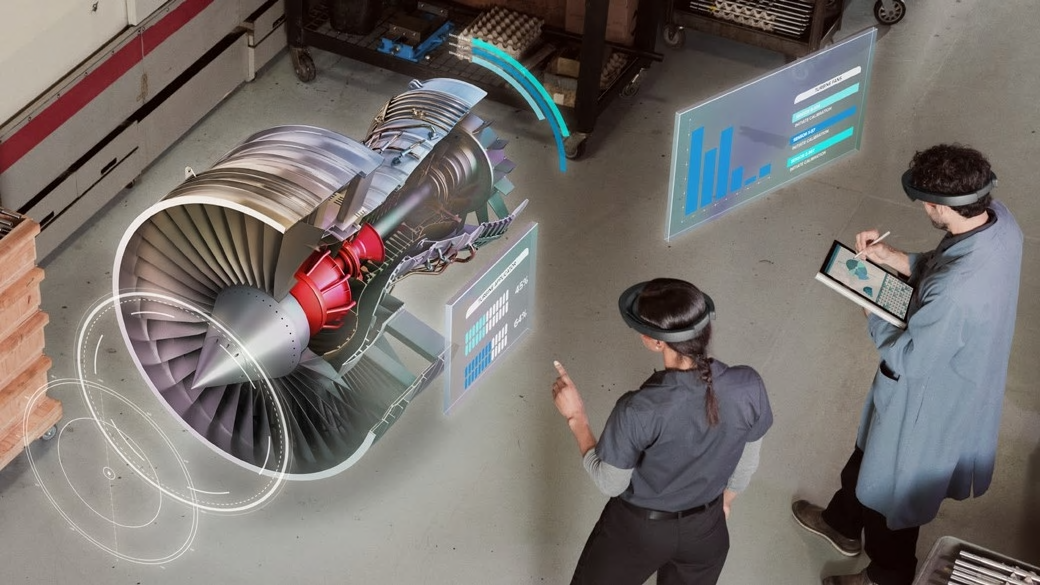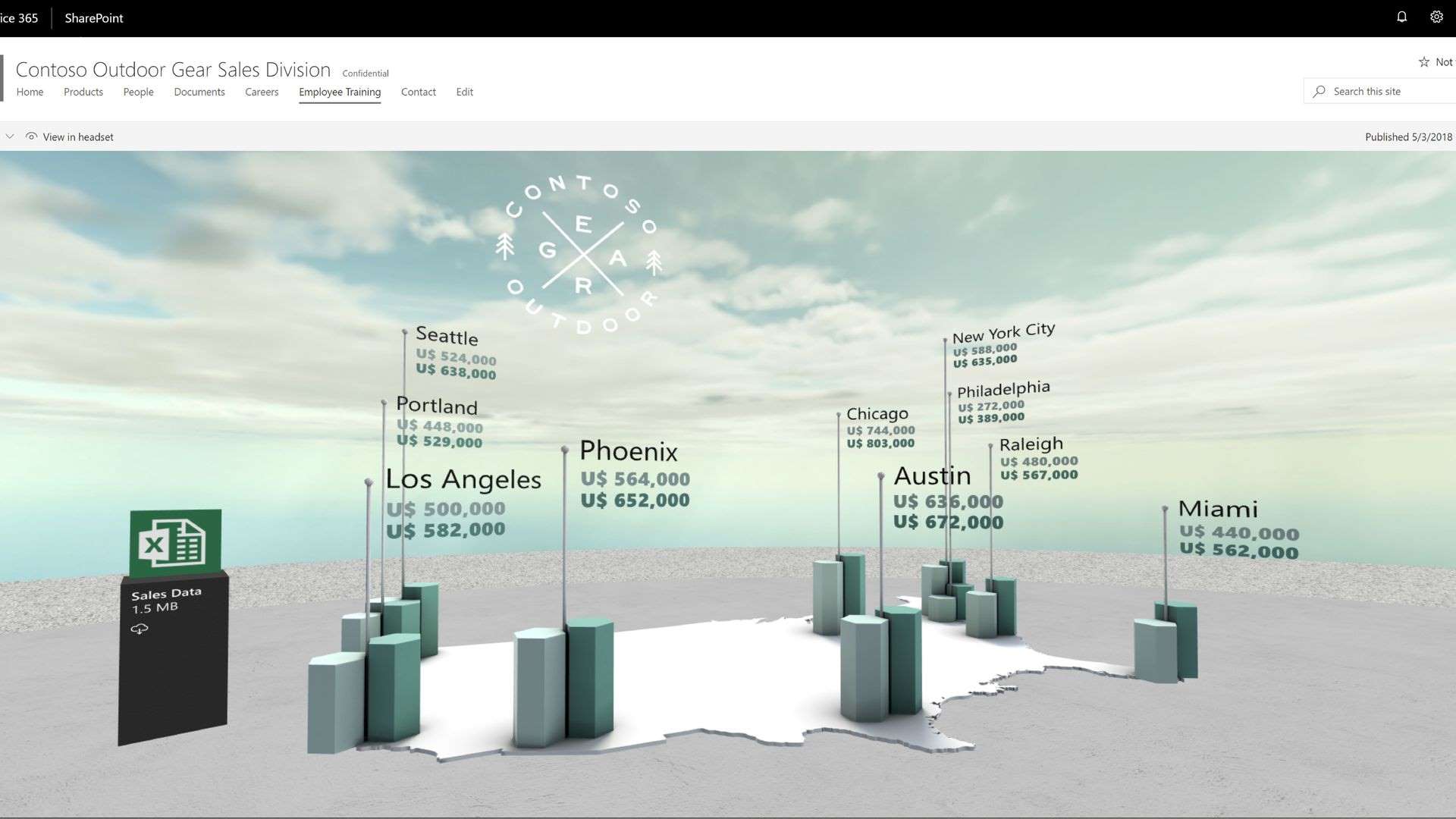-
 Steve Kaneko
Microsoft, Windows Mixed Reality and HoloLens
Partner Director of Design
Steve Kaneko
Microsoft, Windows Mixed Reality and HoloLens
Partner Director of Design
Steve Kaneko is an award-winning Partner Design Director in Microsoft’s AI Perception & Mixed Reality group. His team imagines the future of ambient computing, designing cutting-edge experiences for Microsoft HoloLens and Windows Mixed Reality.
Steve has been a Microsoft pioneer since 1991, leading design teams through continuous computing evolutions. His prior experience in Office, Entertainment, Windows, and Hardware design groups resulted in innovative releases across hardware and software, establishing Microsoft as an industry leader in daring, cohesive design. Steve was the founding member of the Windows Hardware Innovation Group, where he championed the design philosophy of the next-generation Windows PC experience, resulting in an international design initiative to change the way consumers interact with and perceive personal computers.
Steve’s visionary spirit was founded in industrial design. The Microsoft Mouse 2.0, which he designed in 1993, has been included in the Museum of Modern Art's permanent design collection in New York. In 2005 he was inducted into the Industrial Designers Society of America's Academy of Fellows for his significant contributions to the profession. He continues to lead multi-faceted, ambitious design teams that build the next frontier of intelligent, instinctive, and empathetic experiences.
Design in a new reality
The next wave of computing is underway. Mixed reality and ambient computing are already changing the way we work, play, and live. As designers, we’re challenged to reimagine the mediums for which we design and the types of experiences possible in a world with perceptive machines. We’re entering a time with blurred lines between the digital and the physical. The notions of co-location and presence no longer limit us – we can conceivably be anywhere in the world at any given time. It’s our responsibility to ensure a humanistic design agenda in this new paradigm, seeking ethical principles, transparency, and quality of life. This is the new reality of design.
1、Understanding of the basic concepts of Mixed Reality and machine perception.
2、Appreciation and clarity for the ways it will transform the way we work and play.
3、Provoke and inspire to evolve from the traditional ways of thinking to prepare themselves for the next wave of technology.
4、Inspire that this is a better future for mankind and how a designer’s role has never been more important.
-
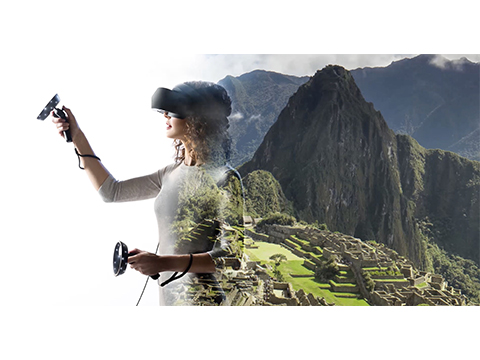 This is an The amazing nature of the world of Mixed Reality capable of transporting you to places once unimaginable.
This is an The amazing nature of the world of Mixed Reality capable of transporting you to places once unimaginable.
-
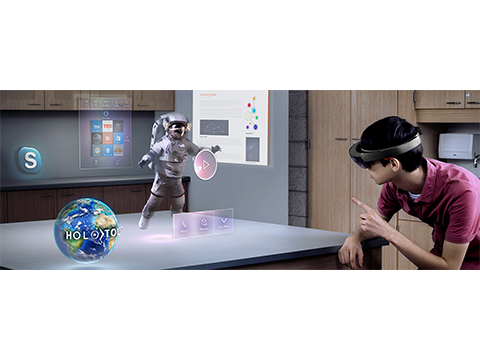 Holographic computers like the HoloLens can place digital objects into the real world where they can interact with surfaces and other physical objects.
Holographic computers like the HoloLens can place digital objects into the real world where they can interact with surfaces and other physical objects.
-
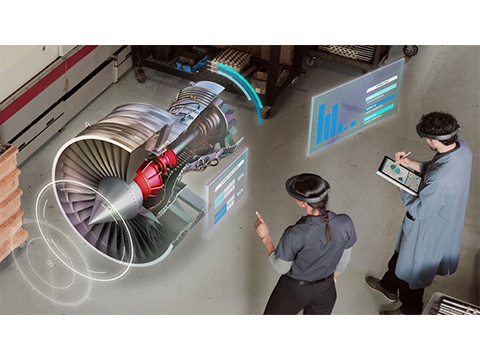 When using AR enables headsets and devices, technicians and engineers can see designs in full scale and in ways that are not possible in actual 3D to better diagnose and understand problems. These experiences are cross device in nature allowing more than one person to see the same thing at the same time to enhance collaboration.
When using AR enables headsets and devices, technicians and engineers can see designs in full scale and in ways that are not possible in actual 3D to better diagnose and understand problems. These experiences are cross device in nature allowing more than one person to see the same thing at the same time to enhance collaboration.
-
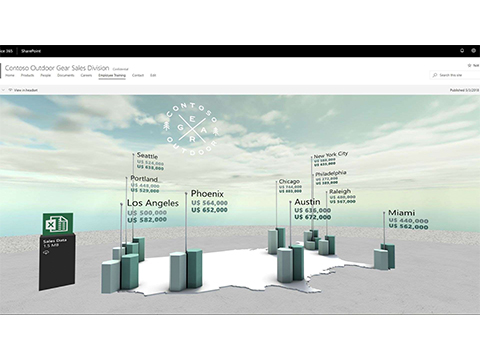 Even traditional applications and services such as this example of Microsoft SharePoint, can be transformed to become more immersive and spatial to increase understanding and engagement while aiding in information retention.
Even traditional applications and services such as this example of Microsoft SharePoint, can be transformed to become more immersive and spatial to increase understanding and engagement while aiding in information retention.





